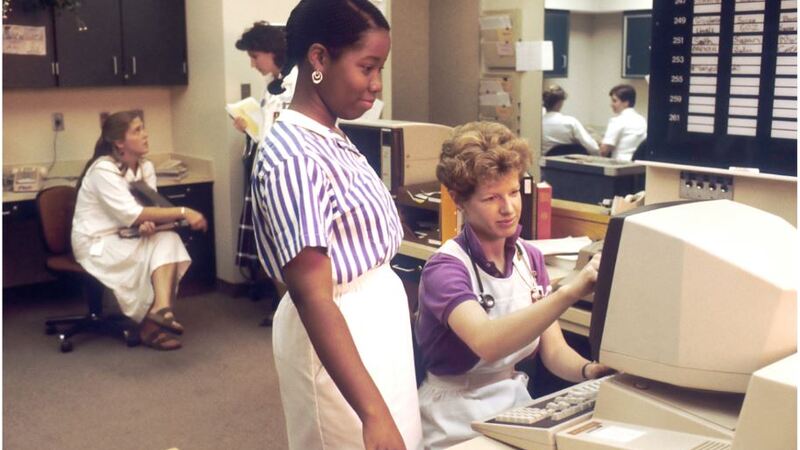RPA in healthcare will lead to better patient outcomes
by: Editor's Choice 2019-02-13 Source: InformationAge

Better_Patient_Outcome by N/A is licensed under unsplash Unsplash
Since the Affordable Health Care Act was passed in 2010, the number of adults with health insurance has increased by more than 20 million, according to a survey by the National Center for Health Statistics. This improved access to healthcare, along with an ageing baby boomer population requiring more medical care, has vastly increased the amount of patient data that systems need to capture and the number of insurance claims to process. Many hospitals are struggling to keep up. Robotic process automation in healthcare is a partial solution.
RPA helps reduce human error and ensures that each claim includes the information it needs to move forward, helping providers get paid in a timely manner. According to Ernst & Young, automation can reduce turnaround times for insurance claims by as much as 75 to 85 percent, and it can eliminate 50 to 70 percent of repetitive tasks entirely.
- Robotic process automation in healthcare: Billing and claims - A recent HIMSS Analytics survey found that 31% of healthcare providers still use a manual process to manage claim denials. And denials are on the rise, according to the AHA, costing hospitals more time and money each year. A denied claim costs about $118 in administrative fees per item, collectively costing hospitals about $262 billion per year. Although some codified billing and coding structures exist, these tasks are still, for the most part, being completed by humans. These manual processes are time-consuming and prone to human error — the cause of many initial claim denials.
- Robotic process automation in healthcare: Unobstructed Patient Care - Depending on the insurance plan, patients often need to get referrals from their primary care physicians before seeing specialists. Communication breakdowns between physicians and specialists can lead to inconsistent treatment and delayed diagnoses, both of which diminish the quality of care. However, communication about referrals is currently done manually — often via fax (what’s a fax – Ed? Is it one of those things they used in olden times?) — and, as a result, the process can be tedious and riddled with clerical errors. Software bots can automatically scan documents and check them for accuracy and consistency, saving both offices time and effort.
- RPA in healthcare: Automated EHR Management - A 2018 Medscape survey found that 42% of doctors said they have experienced burnout at some point in their careers. One major contributor to burnout is the widespread adoption of electronic health records. EHRs have helped modernise the healthcare system and have created a treasure trove of valuable patient data.
IntelliBuddies® - Can help healthcare enterprise overcome the following challenges—Billing and Claims, Unobstructed Patient Care, and Automated EHR Management. Process Designer (IDE tool) consists of a very large set of activity libraries that is useful in digitizing processes. The processes are built in terms of activities, then they are sequenced, and finally deployed to the Control Room (on-premise or cloud platform) where the jobs will be picked up based on their schedule for processing by the Buddies.
A – Store, is a repository in Process Designer where pre-built digitized processes are shipped either freely or purchased from IntelliBuddies® store. The idea is to contain the most obvious processes that each Organization can utilize by just cloning and customizing it to their needs.
Source: InformationAgeRecent Articles







